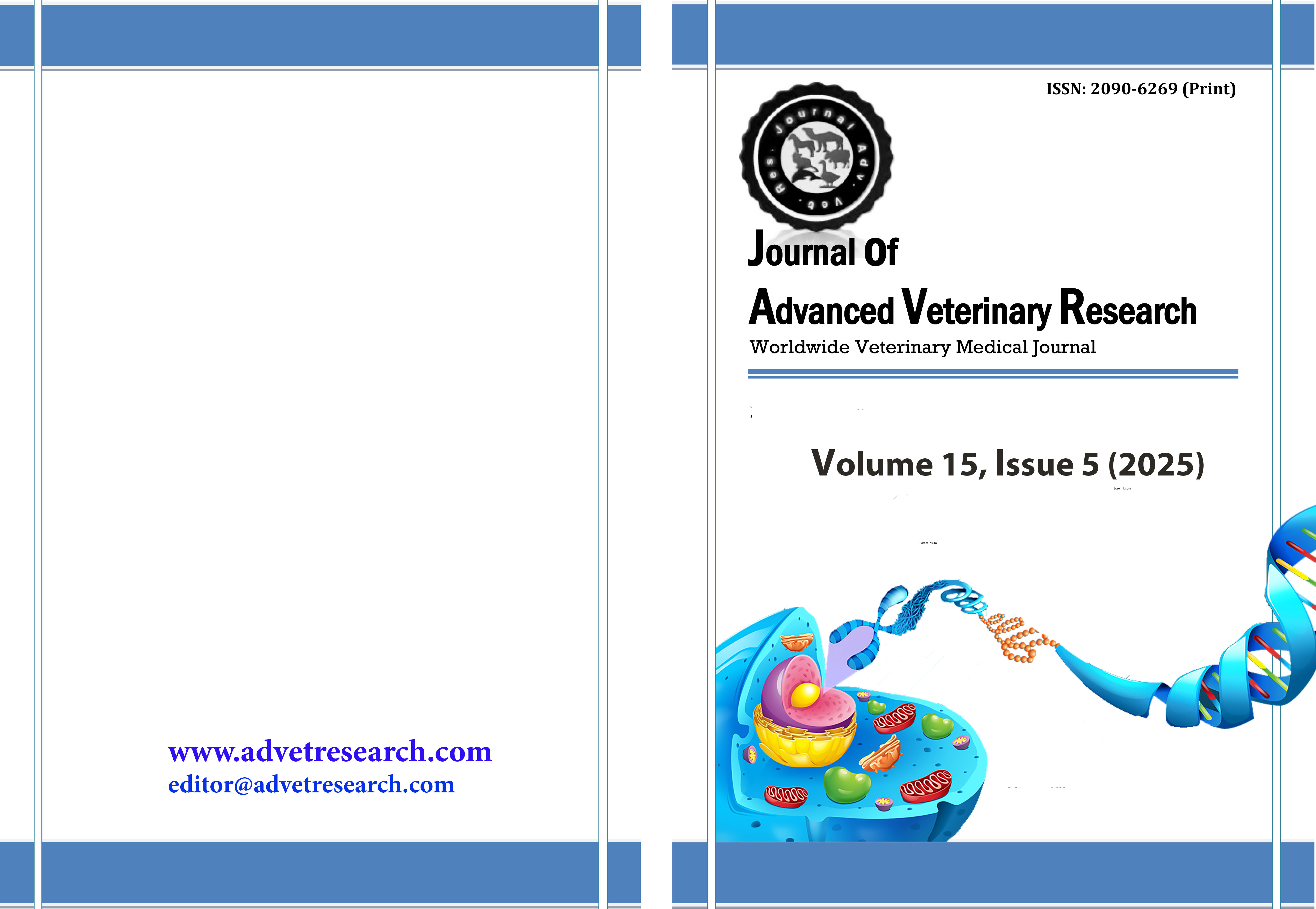Differences in processing methods on hedonic, physical quality, and fat content of chicken floss
Keywords:
Chicken floss, Cooking method, Fat content, Sensory evaluation, Water activityAbstract
Chicken floss is a processed product of chicken meat that has a long shelf life. Frying is the most used method in the production of chicken floss; however, it often leads to a product with high fat content, which may raise health concerns among consumers. Consequently, alternative techniques such as oven and air frying are being explored to develop a healthier version of chicken floss without compromising its sensory appeal. This study investigates the impact of three different cooking methods (oil, air, and oven frying) on the consumer acceptance, physical properties, and fat content of chicken floss. By comparing these techniques, the research aims to identify a healthier yet appealing alternative to traditional frying methods. The observed parameters included fat content, water activity (aw), color (lightness (L*), red-green axis (a*), yellow-blue axis (b*) values), and hedonic attributes such as aroma, color, taste, texture, and overall acceptability. The results showed that the cooking method significantly (p<0.05) affected fat content, water activity, and color parameters of the chicken floss. The oil frying method produced chicken floss with a yellowish-brown color, the highest aw value, and the highest fat content (23.06%). In contrast, air frying resulted in the lowest aw (0.55) and fat content. The oven frying method produced a lighter-colored product with fat content between the other two treatments. Hedonic analysis indicated that the panelists equally well accepted products from all three processing methods. Air frying and oven frying represent viable alternatives for health-conscious consumers, providing a promising reduction in fat content.
Downloads
Published
How to Cite
Issue
Section
License
Copyright (c) 2025 Journal of Advanced Veterinary Research

This work is licensed under a Creative Commons Attribution-NonCommercial-NoDerivatives 4.0 International License.
Users have the right to read, download, copy, distribute, print, search, or link to the full texts of articles under the following conditions: Creative Commons Attribution-NonCommercial-NoDerivatives 4.0 International (CC BY-NC-ND 4.0).
Attribution-NonCommercial-NoDerivs
CC BY-NC-ND
This work is licensed under a Creative Commons Attribution-NonCommercial-NoDerivatives 4.0 International (CC BY-NC-ND 4.0) license




